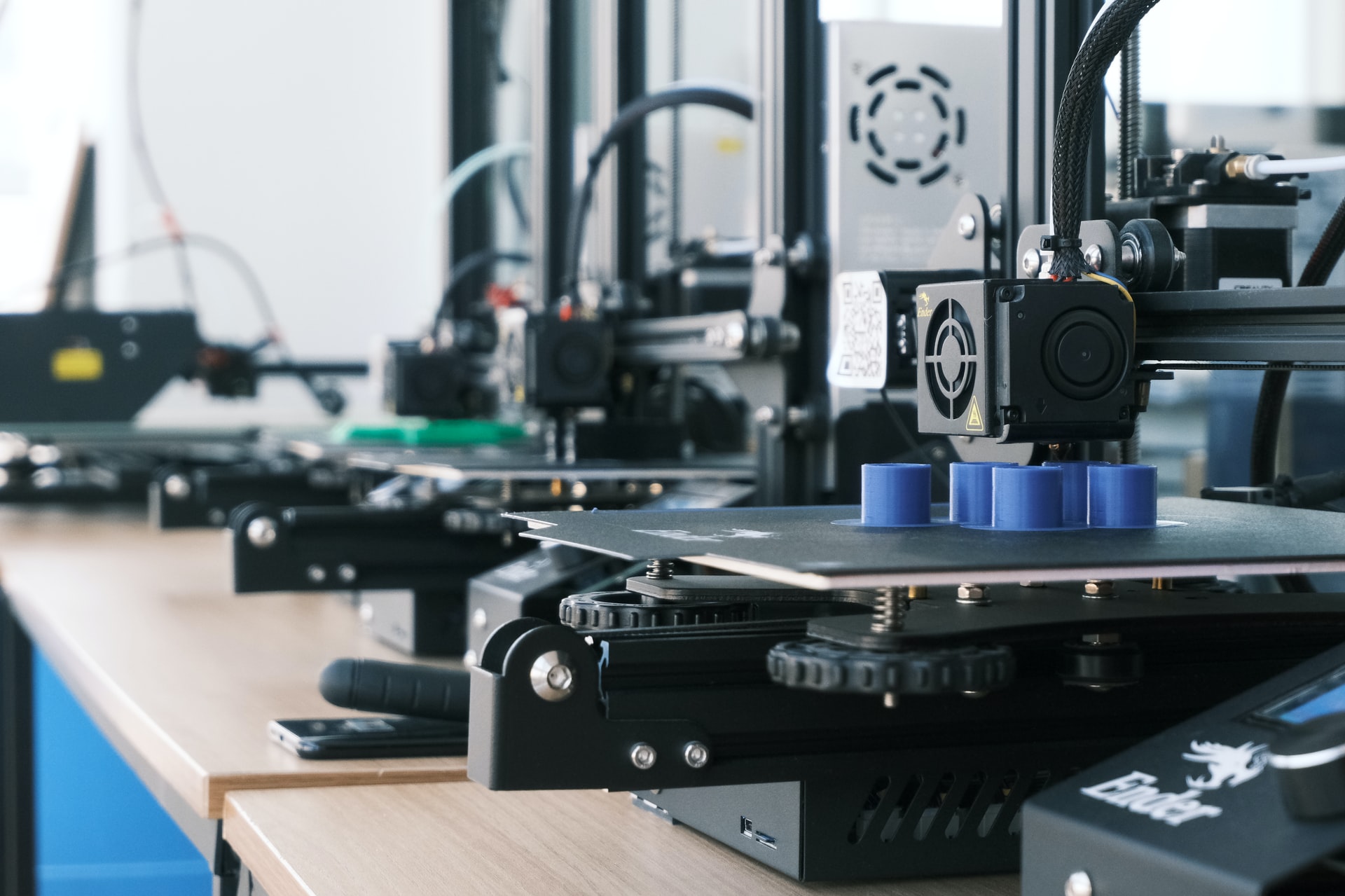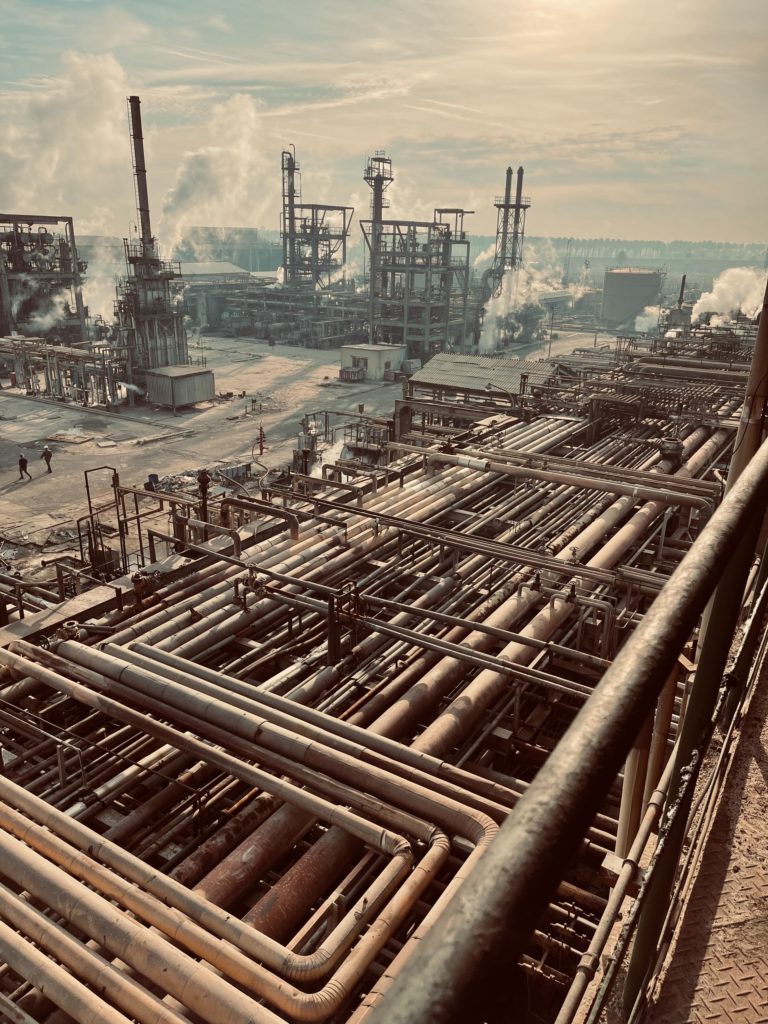Industrial IoT, Internet of Things, Big Data Analytics, Machine Learning, Artificial Intelligence, etc. have been dominating almost every discussion on digital transformation. ‘Digital Twins’ is another concept that is catching up in this talk. In fact, digital twins are among the top technology trends, and many industries are involved in pilot projects across its different use cases. According to Gartner, by 2022, around 1/3rd of companies that have implemented IoT will have deployed digital twins in production.
Digital twins are virtual models of any physical asset, especially a physical machine. They allow industrial manufacturers to create digital models of machines, and combine data (digital and physical) to evaluate the performance, potential of these machines. They are proven exceptionally used when integrated with IoT in industrial manufacturing processes. Here, we’ll discuss how digital twins are driving the future of industrial automation.
Digital Twins – A Brief Overview
In simple words, a digital twin is a digital model of anything existing in the real world. Or, it is an exact replica of a physical asset and uses IoT sensors, analytics to create data-driven representations of a physical system. A digital twin is used as a prototype of a real machine, enabling manufacturers to test the concepts or hypotheses. Furthermore, this allows manufacturers to adapt a digital machine before making any changes to the hardware, which could be costly.
This evolving tech trend is reshaping the design process; it is not new, though. Virtual or simulated software existed in some forms a couple of decades ago too. Since the 1970s, process/product engineers have used CAD models to support system engineering. What’s new about today’s digital twins is that it can leverage real-time data for improved performance. Today’s CAD models are more powerful. One can store and compare data across different machines, enabling better predictions and optimized functions of the asset.
Digital Twins For Industrial Automation
Digital twins are driving the industry towards automation. By combining software, hardware, and real-time data, they enable engineers to optimize the operations or design of products and services. Digital twin adoption can be found in almost all kinds of organizations. But IoT products manufacturers benefit the most as they can differentiate their product from the rest.
Also, digital twins allow machine-to-machine learning systems to reduce the chances of errors. Though IoT sensors already collect real-word machine data for analysis, creating a digital twin with each of the machines is a wonderful addition to the already existing model. It is a cost-effective way to help manufacturers improve their production and supply chain processes.
Using digital twins in industries ensures that data is always flowing. And, creating a digital twin network means you are creating new opportunities for monetizing data. Today, around 90% of the S&P 500 is made of intangible assets, including trademarks or copyrights. This suggests that intellectual property and data it protects are the most important assets today. And, all these things are bringing new standards of automation.
Use Cases of Digital Twins and Industrial Automation
Probably, everyone knows that industrial automation streamlines manufacturing processes. And, the integration of industrial automation with digital twins is no exception. This allows for various industrial processes to open out in digital twins before making any new changes to the physical ones. This safeguards tools or equipment until robust automated solutions are there.
Recently, a digital twin of a locomotive was created that could analyze real-time, as well as historical data for remote monitoring or predictive maintenance. Besides, there are digital twins for industrial robots that can be programmed offline for multiple uses.
Conclusion
Digital twins point towards a shift in the scope of industrial automation. More and more companies will be integrating digital twins with one another to accommodate almost everything in an integrated environment.

Hassan graduated with a Master’s degree in Chemical Engineering from the University of Chester (UK). He currently works as a design engineering consultant for one of the largest engineering firms in the world along with being an associate member of the Institute of Chemical Engineers (IChemE).


